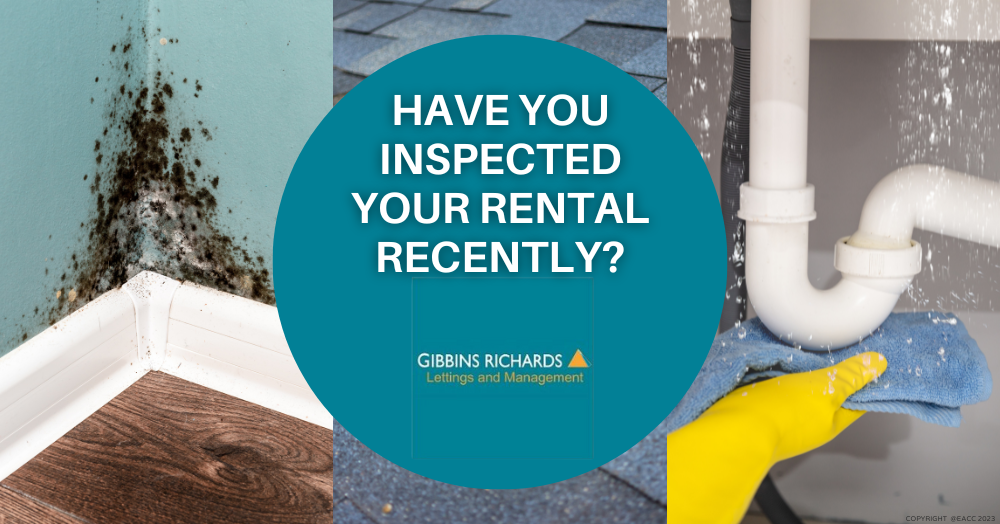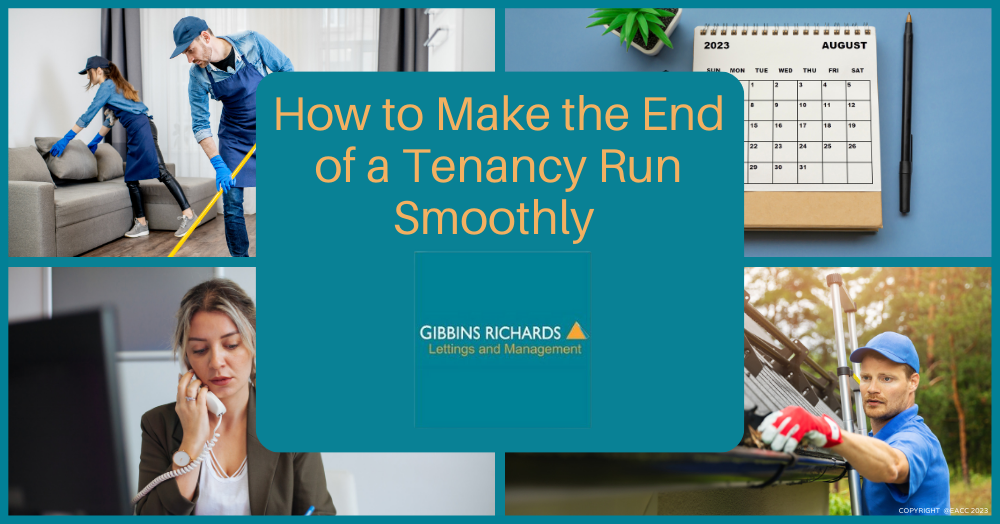Blog
- Details
- Hits: 303
If you’re a first-time landlord about to rent out a property, or an established landlord looking to purchase a new investment, one of the main questions you’ll have is how much rent you can charge per month.
Of course, you can (and should) take the advice of your agent, but it’s also worth understanding exactly what factors impact the amount of rent you can sensibly charge.
In this quick read, we explore the factors you need to consider before pricing your rental property.
Compare
The first thing to look for is properties that are similar to yours. What rents are they achieving? It’s important to look at the number of bedrooms and bathrooms, accessibility and outside space to make a proper comparison. Once you’ve got a basic idea, you can think about why you might be able to charge more (or less).
What’s your USP?
Think about what makes your property different. Is there a driveway or gated parking? How big is the garden? Is it newly renovated? Do you have a functional space such as a home office or gym area? If it’s a flat, is there a lift or balcony? Picking out the features that add value to a property will often reflect the amount of rent you can charge.
Surrounding area
An important factor for most tenants is how close a property is to amenities such as shops, supermarkets, transport connections and schools. You may be able to charge a higher monthly rent if a property is well-connected and close to places people may need daily.
Monthly costs
Keep your costs in mind. How much are your monthly expenses? There’s your mortgage, service charge and/or ground rent (for flats), insurance and potential maintenance costs to consider.
Most landlords take a long-term approach to investing. If your rent covers your costs and you still make a small profit, then you’ve got yourself a good investment.
Don’t get greedy – charging over and above the average local rental prices won’t get you very far, and you may be stuck with a vacant property.
Agents’ expertise
It’s always a good idea to take the advice of your letting agent. Not only do they know the area, but they know what tenants want, expect and – more importantly – what they’d be willing to pay for a property like yours.
There are multiple factors that impact the amount of rent you can charge. Speak to our team at Gibbins Richards Lettings and Management Ltd if you’ve got a rental property and need new tenants.
- Details
- Hits: 274
As a landlord, you’ve probably experienced that feeling of dread when your tenant’s name flashes up on your phone, reporting a problem.
Or how about the horror of receiving the news that you’re going to have to pay for urgent (and expensive) repairs?
If either of these situations sound familiar, it could mean you’re not inspecting your rentals enough.
Being a landlord isn’t just about buying a property and raking in the rent. It’s a difficult job that requires attention to detail, making sure you’re meeting legal obligations, and ensuring your tenants are enjoying a safe living environment. Regular inspections make all of that possible.
In this quick read, we look at why property inspections could save you money and time in the long run.
What’s the point of an inspection?
An inspection gives you the chance to ensure a property is being adequately looked after, that everything works as it should and that it’s clean.
While inspections might sometimes feel like a bit of a chore, they benefit landlords and tenants and help to ensure both parties are upholding their obligations.
Are check-in and check-out inspections enough?
The short answer is no – they are the bare minimum. Failing to inspect your property for the duration of a tenancy could mean that a small issue becomes much more serious (and costly to fix) because it has been ignored for so long.
With newer tenancies, it’s important to set a precedent so tenants know that you care about the property and expect them to look after it. If a tenant has been in a property for a while, you might not need to inspect as often, but not doing them at all could leave you at risk of unhappy tenants or a damaged property.
How often should you inspect a rental?
There are no hard and fast rules about how regularly you should inspect, although once every four to six months is a realistic timeframe. (You don’t want to go round too often as this could alienate the tenant.)
If you have landlord insurance, your policy may stipulate how often a property should be inspected, and not doing so could invalidate it.
Be respectful
When it comes to arranging an inspection, it’s best if both parties work together to find a time that is suitable.
By law, a landlord must give at least 24 hours’ notice, but as the tenant may want to be present, it’s good to give more warning than this.
Inspections might feel awkward or uncomfortable, but they can save a lot of money and hassle, and help foster trust between a landlord and tenant, so it’s important not to avoid doing them.
If you’re a landlord and struggle to fit inspections into your busy schedule, consider getting a letting agent to manage the property. They’ll carry out inspections as part of their property management service and have systems in place to ensure all the relevant safety checks are conducted.
If you’re a landlord and need a new agent, our team at Gibbins Richards Lettings and Management Ltd are experienced and ready to help. Contact us today.
- Details
- Hits: 291
Whether you’re an established landlord or a first-time investor, you’ll probably be thinking about what to buy: a ready-to-go rental or a doer-upper. Which one should you pick?
Currently, lots of changes are being made around rental rules, and reports claim that many landlords are selling up. However, there are still plenty of investors making their move into the rental space. And with the UK facing a possible decline in house prices, now may be the right time for you.
But what do you buy?
A turnkey rental is one that is ready for tenants to move into once the sale is complete. A renovation project is a property that needs repairs or extensive decoration to get it ready for new tenants.
Both have their pros and cons, and in this quick read, we explore them in more detail.
Market price
Generally, a renovation project will be cheaper than a readymade rental property. That’s because you’ll be adding value when you carry out the necessary works and making it a more attractive home for tenants.
Turnkey rental properties may cost a premium, especially if they have proven profitable for a previous landlord.
Added costs
Generally, with a turnkey rental, you’ll be paying for the property, legal costs and agent fees before you can rent it out. However, it’s always worth keeping a contingency just in case problems arise after purchase. You may also have to pay for things like gas safety checks, electrical appliance checks and so on if they need to be brought up to date. Be warned, some buy-to-lets may be marketed as turnkey but could still require work. Don’t be tempted to skip essential steps like a proper survey/inspection before purchase.
When renovating, what you save in the purchase price, you could end up paying out in repairing, refitting and decorating the property – although this can be done on a budget that you control. You can also design it to suit the area’s rental market.
Design
While this may not be a problem for all landlords, some like to offer rental properties of a particular standard. With a turnkey property, you’re paying for the complete package, so you won’t get to put your personal stamp on it (unless you want to spend even more money). With a renovation project, you can design it and create the exact property you choose.
Time
Purchasing any property is often a long and drawn-out process, but especially so if you’re buying a doer-upper. Before you start earning a rental income, you’ll need to do the necessary work. This could take months to complete, leaving you without a rental income and paying off a mortgage in the meantime. A huge advantage of a turnkey rental purchase is that as soon as you’ve completed, you can get tenants in.
If you’re looking to invest in a buy-to-let, please contact our team at Gibbins Richards Lettings and Management Ltd.
- Details
- Hits: 292
- Details
- Hits: 301
Renting a property with a friend or acquaintance? Never lived with anyone before? We’ve got you covered with some top tips to help manage your new living situation.
These days, renting isn’t cheap and whether you’re a student or professional, those monthly payments can feel like a stretch. So, if you’re about to move in with a flatmate, it’s worth sticking to some basic rules to make sure your tenancy works out for the both of you.
In this quick read, we look at ways to make your flat share feel like a happy home.
Understand Your Tenancy Agreement
Whether you’re living with one other person or multiple people, you have your own individual responsibilities to stick to. You most likely have signed a joint tenancy agreement, where you and your housemates are all named. This means you and the others living in the property are jointly responsible for paying rent and adhering to the rules of the tenancy. Keep a copy of your tenancy agreement handy so you know what you’re responsible for and what your landlord is obligated to do.
Split the Bills
When living with someone, it’s important to decide how to split the bills. For most people, it’s an easy 50/50 split, however this is totally down to you and the person (or people) you are sharing with to agree.
To avoid disagreements, see if your utility provider allows multiple names on the bill. This means that whoever is named is responsible for paying – not just one person. Similarly, if problems arise, anyone named on the account can contact the service provider.
Cleaning
Some people love scrubbing surfaces or washing windows, whilst others just don’t. Make your rented home a happy one by agreeing on which areas are communal and split the cleaning duties. Mucky bathrooms and cluttered kitchens can cause unnecessary tension, so make sure tasks are divided equally. If you really hate cleaning, split the costs of a professional cleaning service.
Whilst bigger jobs can be shared, when it comes to dirty dishes or no loo roll – just get it done. Don’t sweat the small stuff.
Respect
If you and your flatmate have different work schedules, it’s important to be respectful of their space and your noise levels. After all, 30 July is World Friendship Day – don’t be the annoying/rude housemate!
Also, keep clear of their bedroom. By maintaining boundaries between private and communal spaces, you’ll always have somewhere to retreat to just in case.
Food
At the start of your sharing journey, decide what you’re going to do about food. Will you shop together or separately? Can some items be shared, and others kept for yourself? No one wants sticky notes on their bread and butter – agree to separate shelves in the fridge and drawers in the freezer instead. And whatever you do, don’t drink directly from the juice carton!
Are you looking for a new rental property? Give our team at Gibbins Richards Lettings and Management Ltd a call.














